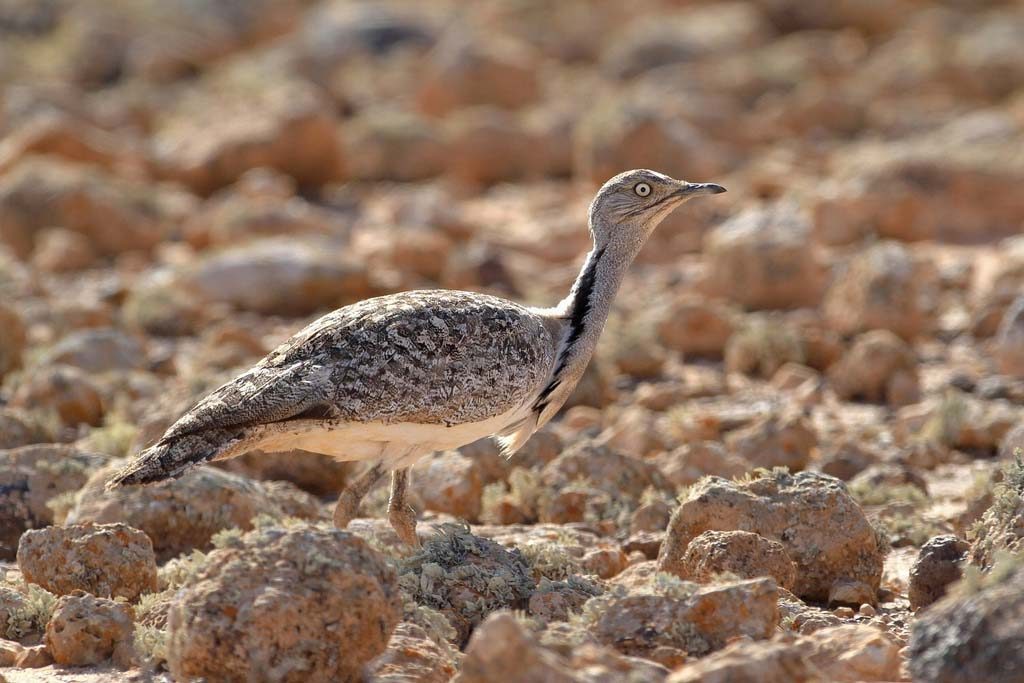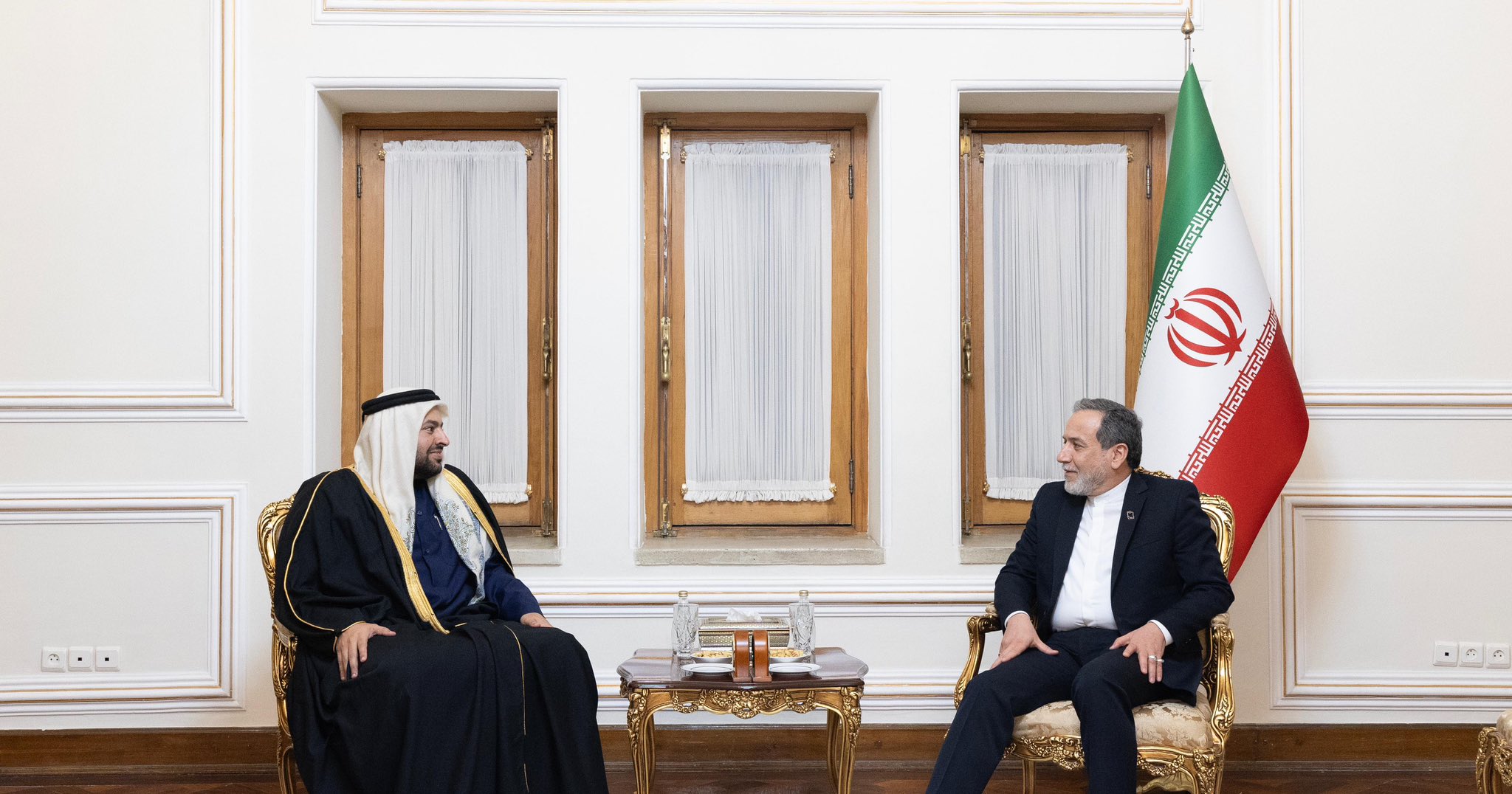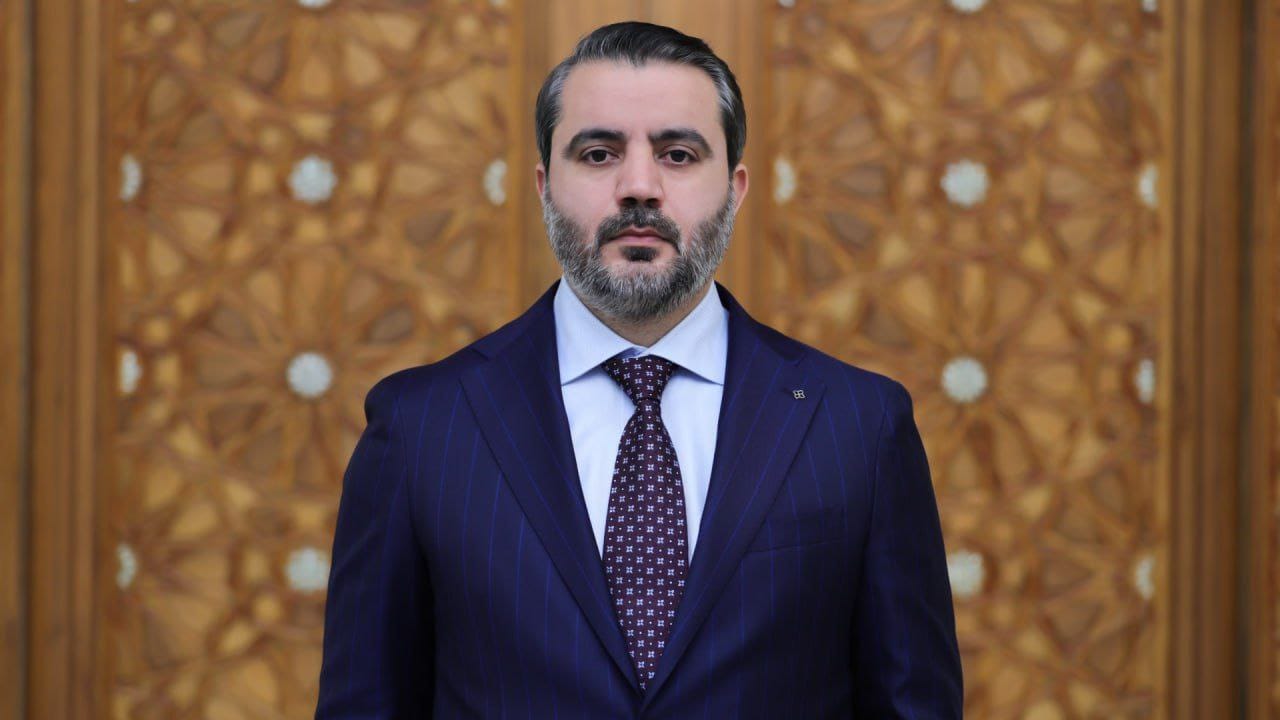
Border officials in Qatar have apparently seized more than 150 endangered birds from smugglers in a pair of incidents within the last week.

The Ministry of Interior said in a statement that the coast guard found 70 houbaras aboard a boat yesterday morning.
Pictures released by the ministry shows the birds stuffed into boxes previously used to transport bananas.
The Asian houbara bustard is a popular bird in Qatar and elsewhere in the Gulf and is frequently released as prey for hunting falcons.
The species is protected under international wildlife treaties. While it can be imported to Qatar legally, experts say measures put in place to protect the birds and prevent the spread of diseases can make it a time-consuming process that may drive some to seek the birds from the black market.
The Asian houbara bustard is roughly the same size as a turkey and typically has a large, speckled sandy brown upper body, a creamy white underside and long legs, a slender neck and a wingspan that can reach 1.5 meters.
Its coloring acts as camouflage in the desert and sandy plains, providing a challenge for hunters and their falcons.
The Abu Dhabi-based International Fund for Houbara Conservation (IFHC) asserts that the houbara can only be captured by a “superior bird of prey.” It continues:
“The houbara bustard’s defensive flight pattern is unpredictable, very fast, swooping and has a sharp turn – making it difficult for the falcon to catch.”
Earlier this year, a video titled “Hunting Houbara Bustard in Qatar” was posted to YouTube, providing a glimpse into the sport:
Local falconers also travel abroad to hunt the bird.
During the winter, large flocks of houbara bustards migrate from Central Asia to escape the colder temperatures in favor of warmer weather in Pakistan. For decades, the country has reportedly issued special hunting permits to members of the Gulf’s royal families.
However, Pakistani environmentalists and some politicians have started to vocally oppose the practice, according to the Guardian.
It’s not clear how many houbaras live in Qatar. Experts have said that once word gets out about a sighting, hunters typically descend upon the location.
In 2013, the IFHC released 1,000 of the birds into protected zones in Qatar. Additionally, the organizations was scheduled to transfer nearly 1,400 additional birds for breeding purposes to the country earlier this year.
Some had hoped that the program would help ease the pressure on the dwindling number of houbaras living the wild.
This weekend’s raids suggest, however, that there is still such strong demand for the bird that some residents are willing to use illicit means to acquire them.
Smuggling

According to the MOI, authorities spotted a boat in a “suspicious condition” on the country’s northern coast. Upon inspection, coast guard officers found 70 houbara birds aboard the vessel.
That follows the interception several days earlier of four falcons and 87 houbaras that smugglers were trying to bring into Qatar via Simaisma, which is located between Lusail and Al Khor.
MOI did not say if anyone has been arrested or charged in connection with the seizures, saying only that “the case was referred to the concerned authorities for further investigation.”
Between 2003 and 2013, Qatar did not initiate any criminal prosecutions, levy fines or taken any other court actions related to violations under the Convention on International Trade in Endangered Species, better known as CITES, according to the country’s biannual filings.
News of yesterday’s interception came shortly after Interpol released a public appeal for information on the whereabouts of a Pakistani man wanted for allegedly coordinating the smuggling of more than 100 birds, giraffes, antelopes and other living creatures from Tanzania to Qatar.
While the number of animals brought into this country illegally is by its nature difficult to estimate, a local wildlife expert says one doesn’t have to go far to realize it’s a serious problem.
Cromwell Purchase, the director and head of birds at the Al Wabra Wildlife Center, told Doha News he spent a year working to legally import several Illiger’s macaws – a rare parrot – from South Africa for one of his breeding programs.
As he was waiting for the paperwork to be approved, Purchase said he saw one of the birds for sale in central Doha.
“Just looking at the animal souq, which has managed to bring in animals that are difficult to get in (to Qatar), tells you that there is a massive amount of smuggling going on,” he said.

Meanwhile, online, individuals have been known to sell animals through social forums.
One vendor recently openly marketed baby lions, tigers and jaguars for sale, starting at QR60,000 (US$16,477), in an online classified ad that’s since been taken down.
In the case of houbaras and other rare birds, legitimate importers typically require CITES permits from both Qatar and the exporting country as well as a special permit from this government. Cromwell said only birds bred in captivity can be imported.
Health certificates are also generally requiring to prove that the animal has been tested for certain diseases. The bird must also be quarantined in both the sending and receiving country, furthering lengthening the time it takes to import the animal.
“It is not easy – that’s why there is so much smuggling going on,” Purchase said.
He added that the strict controls are necessary to protect the well-being of the animal as well as prevent outbreaks of illnesses such as avian influenza or Newcastle disease. This could devastate local animal populations and even pose a threat to human health.
“That’s the reason why these measures are in place,” he said.
Thoughts?







